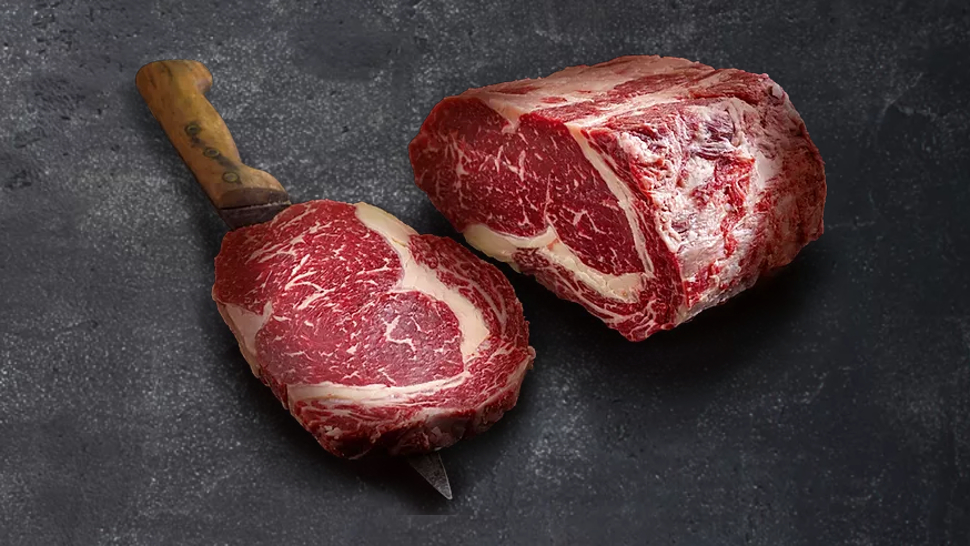A 3D printer could soon produce the perfect steak at home
Although 3D-printed steaks and chicken are coming to restaurants first

3D-printed beef steaks and chicken could be on the menu in European restaurants as soon as next year, and meat printers could be in your home – if you want one – possibly within the next few years.
So reports The Guardian, highlighting Israeli and Spanish operations which are printing beef and chicken products with the same (fibrous) texture, appearance and flavor as real meat, but with no harm to animals involved (they are made from plant proteins only).
- 3D printers could help your train run on time
- And 3D printers might make ultrafast internet cheaper
- These are the best 3D printers of 2019
One such firm is Israel-based Redefine Meat, which is using “advanced food formulations” along with “proprietary 3D printing technology” to make what it calls the “holy grail of alt-meat”.
3D printers are capable of printing meat substitutes from either plant protein or laboratory-grown animal cells.
The benefits are widespread and include a massively reduced overall impact on the environment compared to cattle farming, and on the health front, the 3D-printed meat product has no cholesterol either.
According to Redefine Meat, meat alternatives is the fastest growing segment of the food market, and is expected to be a $140 billion industry by 2030.
Supermarkets – then your home
Redefine Meat expects to have its products in European restaurants in early 2020, and Novameat, a similar operation based in Spain, is aiming to equip Spanish and Italian restaurants with plant-based 3D printers before 2020 is out.
Are you a pro? Subscribe to our newsletter
Sign up to the TechRadar Pro newsletter to get all the top news, opinion, features and guidance your business needs to succeed!
Restaurants in the UK will have the technology soon after, and the chief executive of Novameat expects such 3D printers to be in supermarkets in 2021 – and potentially in your own home a year or two after that.
Novameat’s printers use capsules of pea and rice proteins to print steak or chicken currently, with pork and lamb, along with salmon capsules, expected to be available soon.
Development in this field could be surprisingly fast then, not to mention diverse – we’ve already seen Aleph Farms, another Israeli firm, show that artificial meat can even be 3D-printed in space.
Darren is a freelancer writing news and features for TechRadar (and occasionally T3) across a broad range of computing topics including CPUs, GPUs, various other hardware, VPNs, antivirus and more. He has written about tech for the best part of three decades, and writes books in his spare time (his debut novel - 'I Know What You Did Last Supper' - was published by Hachette UK in 2013).